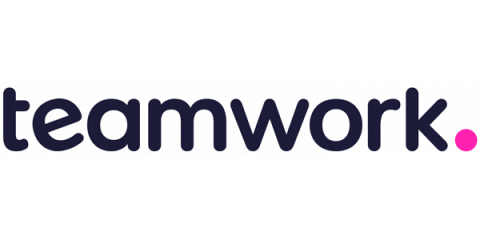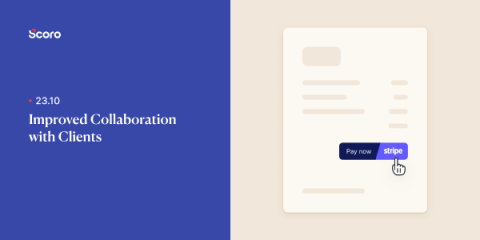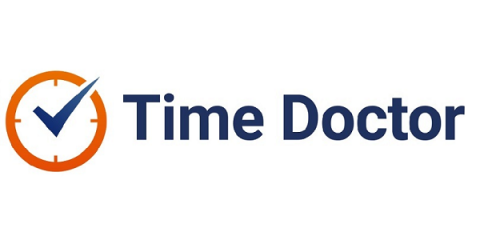Teams | Collaboration | Customer Service | Project Management
%term
How to Implement Process Improvement Management in Your Organization
10 excellent project management tools every startup should consider
In a startup, you deal with limited resources, tight deadlines, and high expectations. Not to mention, you’re often wearing multiple hats, from visionary leader to meticulous planner. So, how do you keep your ship steady and sailing towards your goals? By finding the right project management tools. These digital lifesavers are designed to make your life easier, helping you with project planning, task management, time tracking, and workflow automation.
How to support collaboration in the Government and public sector in 2024
Today, we’re witnessing more collaboration than ever before. Technology has made it possible for people to collaborate on different sides of the globe on different projects. This is true not only for businesses and their distributed workforce, but also for scientists, physicians, and others that collaborate through international networks. We also see increased collaboration in the government and public sector compared to the past.
October 2023 Version Update: Improved Collaboration with Clients
Outsourcing benefits: Cost savings and enhanced productivity
Ever felt swamped with tasks, wishing there were two of you to get everything done? If you’ve nodded in agreement, then you’re not alone. Modern businesses, from startups to large corporations, often find themselves spread thin, trying to juggle multiple responsibilities. There’s a growing solution that over 60% of US businesses are turning to: outsourcing.
The role of project management in startup success
Running a successful startup is like playing chess — it requires foresight, strategy, and careful planning. Before you make a move, you must consider all the possible outcomes and how your decisions will play out in the long term. The same holds true for startups. Unfortunately, many entrepreneurs overlook the importance of project management in setting up for success.
AI for workforce management: Everything you need to know
The potential of AI has recently received a lot of attention in the field of workforce management. A new article or blog post on how AI is changing the way we work appears every day, making grand claims about increased productivity, accuracy, and a smarter workplace. But it can be challenging to distinguish fact from fantasy in the midst of all this excitement. So, what’s the real story behind AI in workforce management? How much of the hype is reflected in real-world applications?
The Top 15 Benefits of Time Tracker for Freelancers
An essential guide to client orientation
Pop quiz: How much of your agency’s revenue comes from clients? If you didn’t answer “all of it,” the percentage is still pretty high, right? (And if it’s not — well, we want to know your secret!) Without clients, an agency can’t continue to pay its people or keep the lights on. This reality isn’t lost on managers and CEOs, and if asked, just about every one of them will say their agency is customer-centric.








